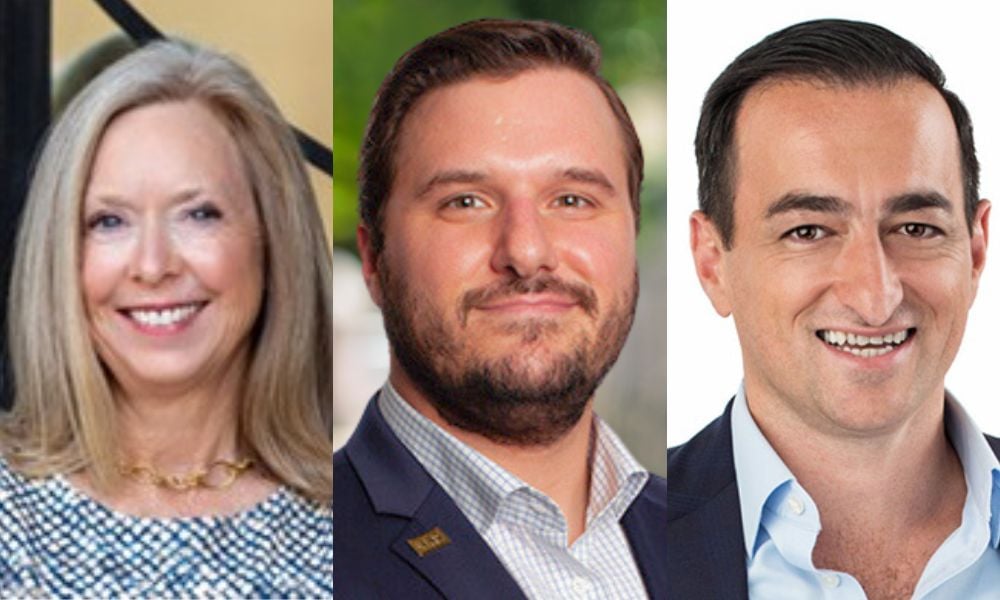

Gen Z is dramatically reshaping where Americans turn for financial advice. According to new Gallup data, adults under 30 are more likely to use social media than financial advisors when seeking guidance on money matters - a sharp contrast to older generations who still rely heavily on traditional professionals.
Gallup’s latest poll shows that 42% of Americans ages 18 to 29 go to social media for financial information, while just 27% of the same demographic are turning to financial advisors and planners. By comparison, financial professionals are used by 40% of Americans ages 30-49, 45% for ages 50-64, and 51% for those 65 and older. The Wall Street Journal recently profiled the rise of “Finfluencers” - a term for social media influencers who share financial advice.
“The percentage of young adults using social media for financial advice is stunning and truly concerning. There is so much misinformation being shared by finfluencers, and sadly this young demographic trusts what they hear,” Bridget Venus Grimes, president of the independent RIA WealthChoice, told InvestmentNews. “The challenge I see is that people are drawn to hot tips, easy money, emotional investing. This is what seems to draw more viewers and build larger audiences.”
Grimes says that WealthChoice, which caters to women investors, is most active on LinkedIn and Instagram for its own content posting on social media. Gallup’s data shows that reliance on social media for financial advice decreases as income increases - 24% of adults making less than $48,000 used social media for financial advice, versus 20% of adults making between $48,000 and $90,000, and 18% of upper income earners above $90,000.
“One of the popular Instagram finfluencers, I cannot tell you how many times she references a recession,” said Grimes, a CFP Board ambassador. “This buzz word gets viewers. It frightens folks who don’t know what they are reading, but who have chosen to trust someone who comes across with confidence. The disconnect is that people are making financial decisions based on what loud, frequent posts share.”
Gallup surveyed 2,036 U.S. adults on their usage of 10 different sources for financial advice. The friends and family group was the leading source of financial advice for 43% of Americans, surpassing financial advisors (41%), financial websites (36%), and banks and credit unions (32%).
“Friends and family may offer real life stories that can be relatable, but another risk is that they may be speaking from their own biases, money scripts, personal agendas, and experiences,” said Jesse Giordano, a financial advisor for Opal Wealth Advisors. “Or their information may be old and no longer relevant to today’s opportunities or your life stage.”
Popular 'finfluencers' include accounts from Jeremy Schneider, Vivian Tu, Nicole Victoria, The Wall Street Skinny, and Tyler Gardner. Firms such as EP Wealth Advisors and Opal leverage social media to share ideas with clients and prospects. “The ideas we share aren’t enough for people to rely on solely without speaking to an advisor about their specific goals, but they are a great way to pique interest and spark conversations," said Giordano.
“The caveat that I typically talk to clients about is of those people that you're listening to, those influencers that you're seeing on social media - how many of them have to actually say, ‘this is not financial advice,’” said James Plaskey Jr, VP and advisor at EP Wealth. “They might not be managing assets for a living, or haven't been through the ups and downs of the market, or they might be paid to pitch a product or service. So we always focus on, where is that news coming from?”

Rajesh Markan earlier this year pleaded guilty to one count of criminal fraud related to his sale of fake investments to 10 clients totaling $2.9 million.

From building trust to steering through emotions and responding to client challenges, new advisors need human skills to shape the future of the advice industry.

"The outcome is correct, but it's disappointing that FINRA had ample opportunity to investigate the merits of clients' allegations in these claims, including the testimony in the three investor arbitrations with hearings," Jeff Erez, a plaintiff's attorney representing a large portion of the Stifel clients, said.

Chair also praised the passage of stablecoin legislation this week.

Maridea Wealth Management's deal in Chicago, Illinois is its first after securing a strategic investment in April.
Orion's Tom Wilson on delivering coordinated, high-touch service in a world where returns alone no longer set you apart.
Barely a decade old, registered index-linked annuities have quickly surged in popularity, thanks to their unique blend of protection and growth potential—an appealing option for investors looking to chart a steadier course through today's choppy market waters, says Myles Lambert, Brighthouse Financial.
